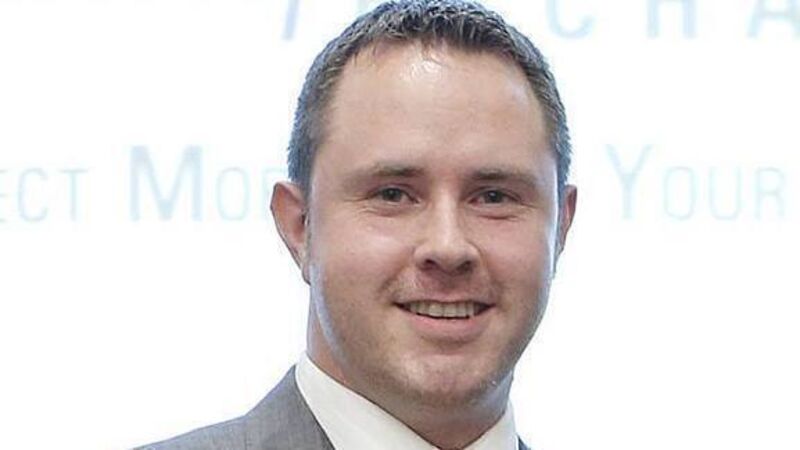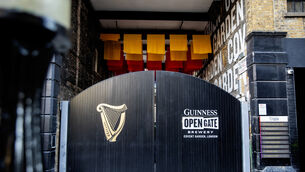Kehlan Kirwan Q&A:Paddy Finn of Electricity Exchange

We’re a virtual power station operating on the Irish electricity system. Whereas conventional power stations have a large power station and a conventional control centre, we simply have a control centre based here in Limerick.
















